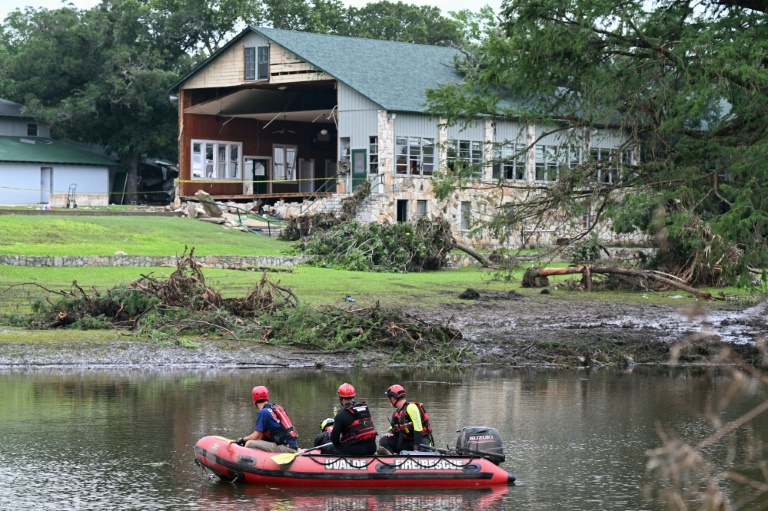Texas Floods: Misinformation Across Political Spectrum Sows Confusion
The devastating floods that recently ravaged Texas have left a trail of destruction and displacement in their wake. Yet, amidst the ongoing recovery efforts, a new challenge has emerged – the proliferation of misinformation across the political spectrum, adding further confusion and hindering effective aid distribution. This misinformation, ranging from fabricated stories about looting and government inaction to exaggerated claims of property damage and inflated casualty figures, has spread rapidly through social media and online platforms, creating a climate of distrust and hindering relief efforts. The spread of false narratives exploits the vulnerability of affected communities and undermines the crucial work of disaster management agencies.
One particularly damaging form of misinformation involves fabricated reports of widespread looting in flood-stricken areas. These rumors, often amplified by partisan blogs and social media influencers, aim to stoke fear and paint a picture of lawlessness. While isolated incidents of theft may occur in any disaster scenario, these reports have been grossly exaggerated and often completely fabricated. Consequently, essential resources, such as National Guard troops and law enforcement personnel, are diverted to address these non-existent threats, delaying vital assistance to those genuinely in need. Furthermore, these false narratives contribute to an atmosphere of suspicion and distrust, hindering community cooperation during a time when unity is paramount.
Exaggerated claims of property damage and inflated casualty figures also contribute to the misinformation deluge. While the extent of damage from the Texas floods is undoubtedly significant, certain reports have drastically inflated the numbers, leading to misallocation of resources and skewed public perception. For instance, social media posts have circulated showing images of damaged properties from previous disasters, falsely attributing them to the recent floods. Similarly, rumors of significantly higher death tolls than officially reported have spread, causing undue panic and anxiety among residents and hindering accurate assessments of the disaster’s impact. These inflated numbers, often propagated by individuals seeking to exploit the situation for political gain or personal attention, create an inaccurate picture of the disaster’s scope, impacting insurance claims, aid allocation, and overall recovery efforts.
Political polarization further fuels the misinformation fire, with accusations of government inaction and conspiracy theories gaining traction on both sides of the political spectrum. Some on the right accuse state and federal agencies of deliberately withholding aid or prioritizing certain communities over others, while others on the left point to climate change denial and inadequate infrastructure investment as contributing factors to the disaster. These politically charged narratives, often devoid of factual basis, distract from the crucial task of coordinating relief efforts and rebuilding communities. Instead of fostering constructive dialogue and cooperation, these narratives sow division and erode trust in institutions tasked with disaster response.
The role of social media platforms in amplifying misinformation cannot be overstated. The algorithms of these platforms, designed to maximize engagement, often prioritize sensational content and emotional appeals, regardless of veracity. This creates a breeding ground for misinformation, enabling false narratives to spread rapidly and reach vast audiences. Moreover, the echo chambers of social media, where users are primarily exposed to information that confirms their existing biases, reinforce these false narratives and make them harder to debunk. The rapid spread of misinformation online necessitates increased media literacy among users, as well as greater accountability from social media companies in addressing the issue.
Combating the spread of misinformation amidst the Texas floods requires a multi-pronged approach. Firstly, credible news organizations and fact-checking websites must actively debunk false narratives and provide accurate information to the public. Secondly, government agencies and disaster relief organizations should communicate transparently and proactively to counter rumors and misinformation. Thirdly, social media platforms need to implement stricter policies to identify and remove false content related to the disaster. Finally, individuals can play their part by verifying information before sharing it online and reporting suspected misinformation to relevant platforms. By working together, we can mitigate the impact of misinformation and ensure that recovery efforts are grounded in facts and focused on delivering essential aid to those affected by the Texas floods. The spread of misinformation during a natural disaster exploits the vulnerability of those already suffering, making it crucial to identify, debunk, and counter false narratives to enable effective disaster response and recovery.


